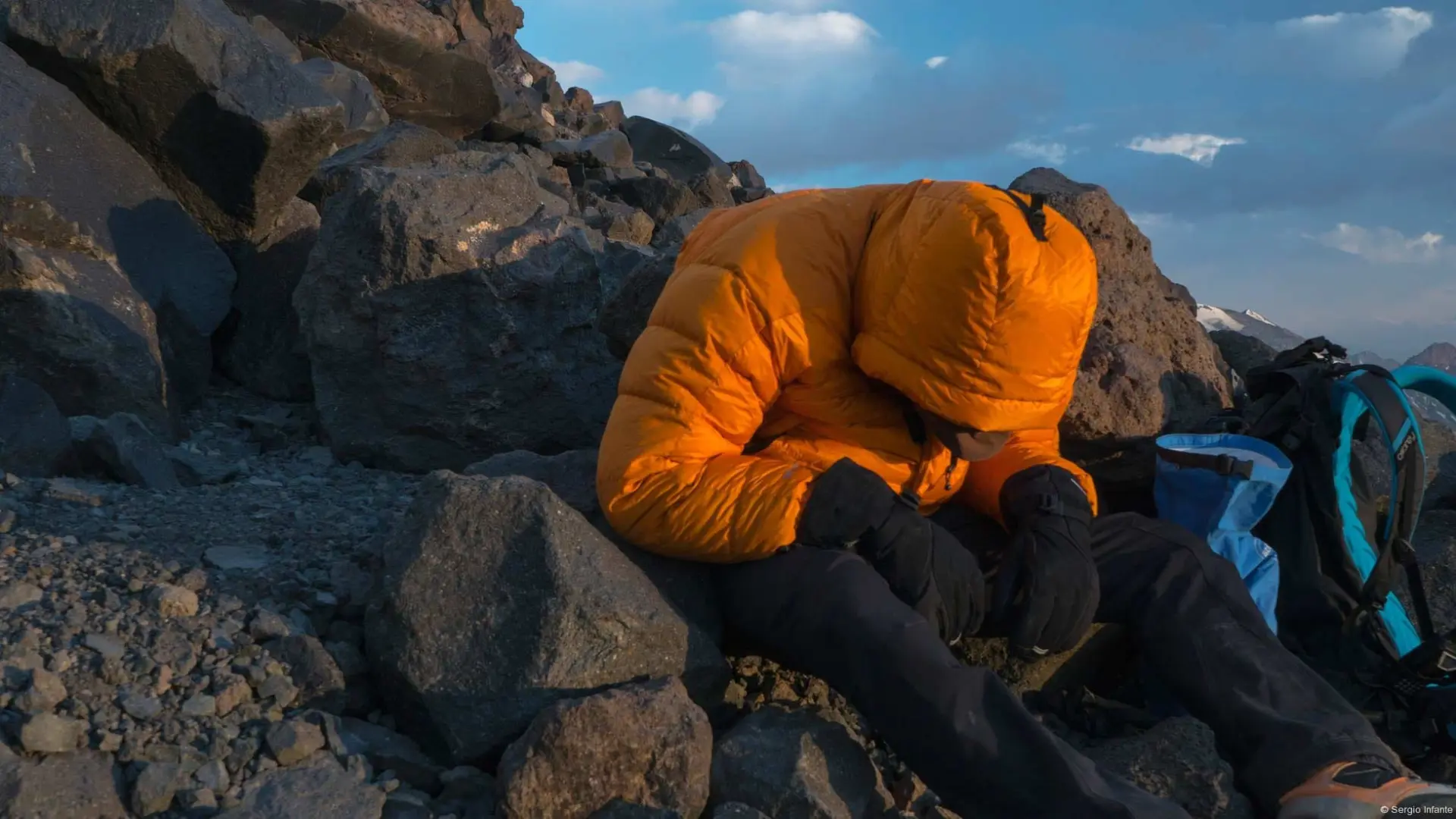Traveling to Cusco means discovering one of the most fascinating cities in the world, but it also means facing the altitude. At over 3,400 meters above sea level, it’s common for some travelers to experience soroche, or altitude sickness. This discomfort is a normal reaction of the body to the lack of oxygen and can manifest as headaches, fatigue, dizziness, loss of appetite, and, in some cases, nausea. The good news is that it can be avoided or reduced by following simple recommendations that work in practice.

🫁Before you travel: Prepare your body
Before arriving in Cusco, it’s ideal to prepare your body for the altitude. Getting a good night’s sleep is essential, as arriving tired increases the likelihood of discomfort. It’s also recommended to hydrate from the day before and avoid alcohol, which dehydrates you and hinders acclimatization. These precautions help your body respond better to the change in altitude.
🛬Upon arrival in Cusco: Take it easy
Upon arrival, it’s important to take the necessary time to acclimatize. The first two or three hours should be relaxed, avoiding strenuous activities such as climbing stairs quickly, walking long distances, or carrying heavy luggage. Drinking coca tea is a traditional practice that helps improve breathing. It’s also recommended to eat light meals, opting for soups, simple carbohydrates, vegetables, and fruits, avoiding heavy, highly seasoned, or fried foods on the first day.
🥾First few days: Gentle activities and acclimatization
During the first few days, the key is to move slowly. Cusco has many steep streets, and trying to do everything quickly will only intensify the discomfort. Therefore, it’s not recommended to visit high-altitude destinations like Rainbow Mountain or Humantay Lagoon on your first day, as these places are over 4,200 meters above sea level and require good prior acclimatization. Ideally, start with gentle activities, such as a city tour or walks through the Historic Center.
💊Medications and Natural Remedies
Regarding medications, the most common ones among travelers are Sorojchi Pills or painkillers like paracetamol, but it’s always recommended to consult a doctor before taking any medication. Many hotels and travel agencies in Cusco offer supplemental oxygen, which can quickly relieve symptoms. There are also natural remedies like coca tea, muña (a type of mint), or eucalyptus, which help without side effects.
🏥When to Seek Medical Help
Finally, it’s important to know when it’s necessary to seek professional help. If your discomfort doesn’t improve, if you experience persistent vomiting, shortness of breath even at rest, or confusion, it’s essential to seek medical attention. These cases are common in Cusco, and healthcare professionals know how to treat them promptly.
The best way to avoid altitude sickness is to plan a well-defined itinerary. The first day should be easy, the second moderate, and the most strenuous activities—such as mountaineering or trekking—should be left for the third day. With these precautions, you can enjoy Cusco without discomfort and make the most of your trip.

